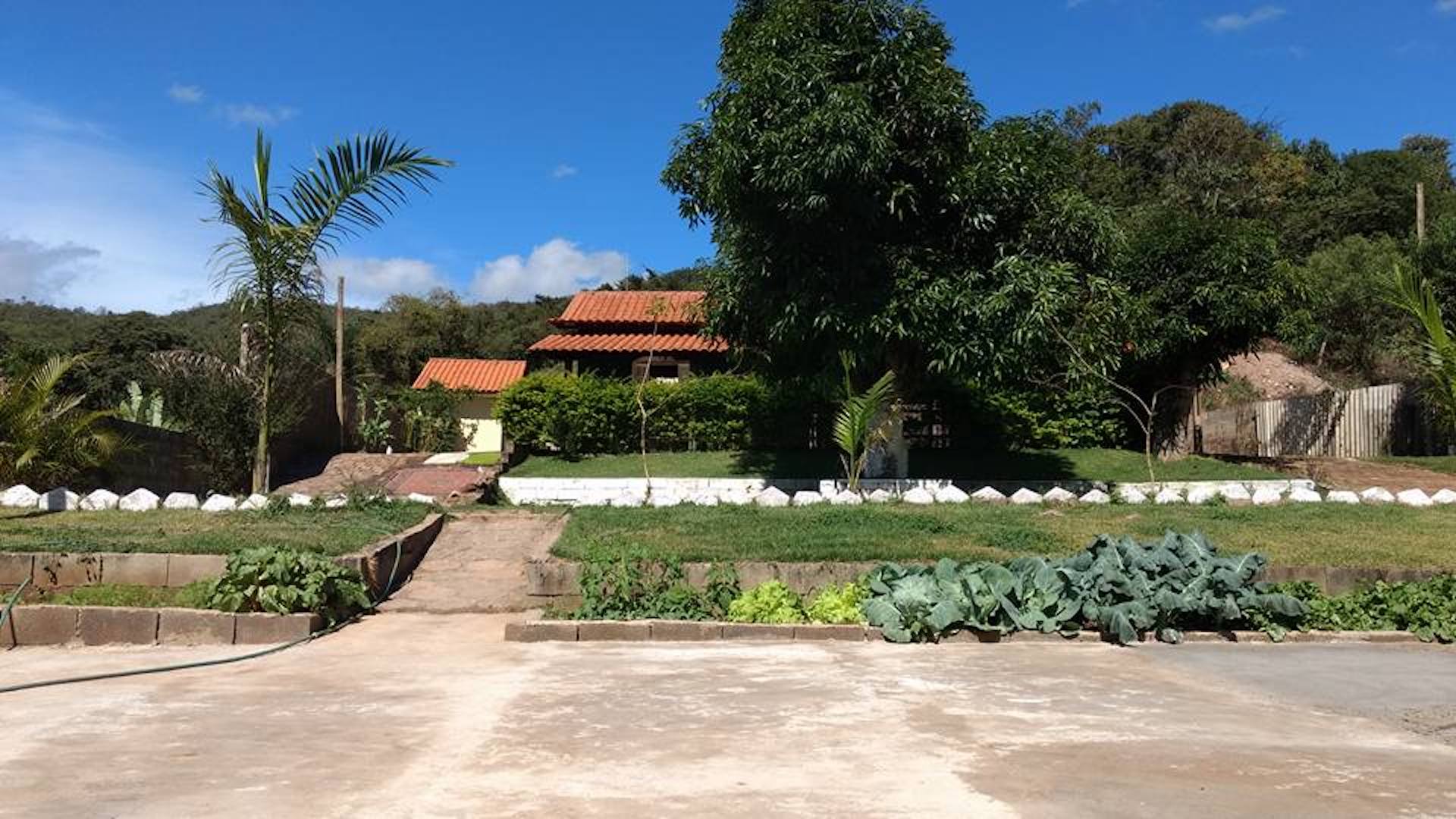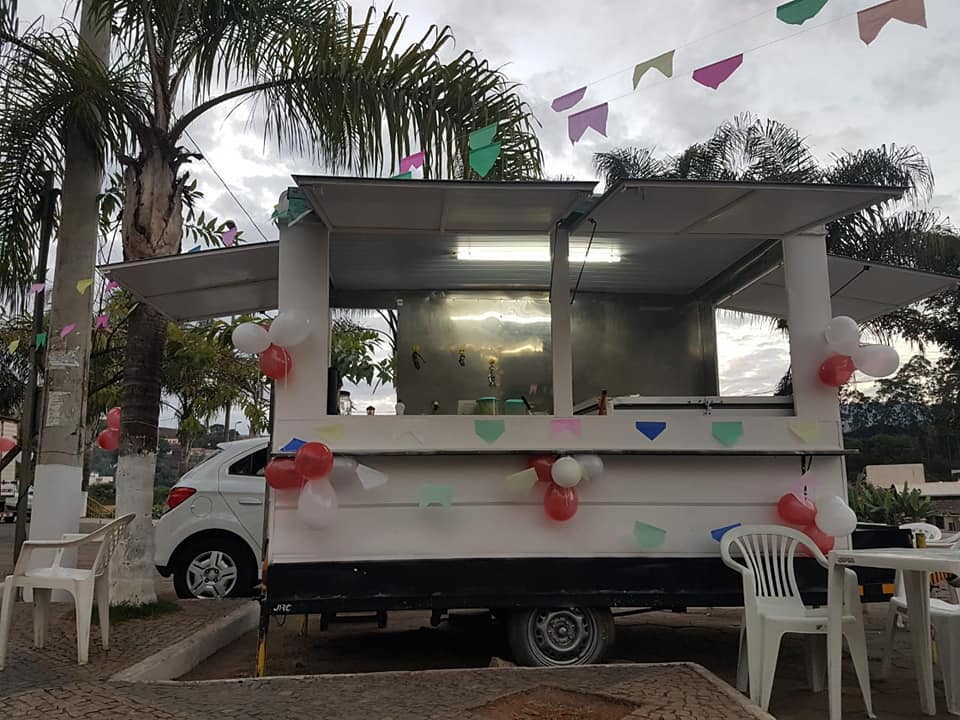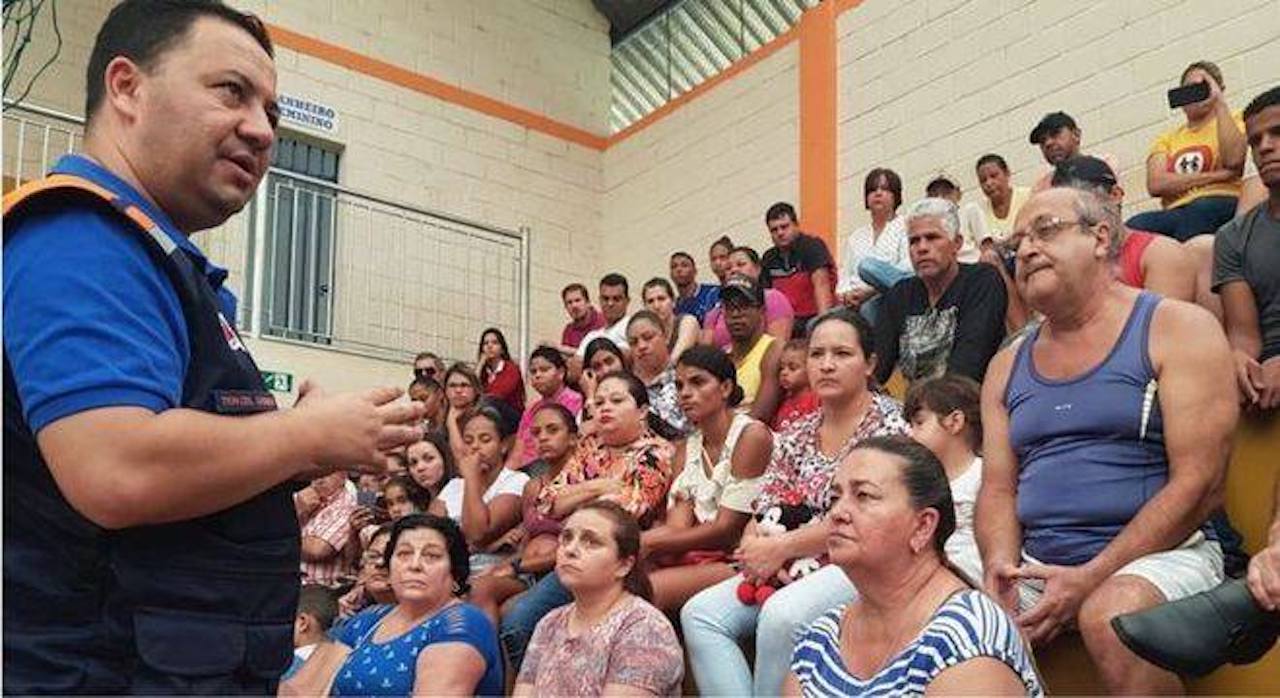By Lise Alves, Senior Contributing Reporter
SÃO PAULO, BRAZIL – A small city in Minas Gerais has been in waiting mode this week as residents pause to see what will happen after the impending rupture of the northern slope of the Gongo Soco mine pit in Barão de Cocais.
The rupture, say officials, may mean a slow leak in the dam or an all-out, abrupt break that would flood hundreds of kilometers of land nestled below the barrier within a matter of hours.

The tragedy of the Feijão Dam in Brumadinho, Minas Gerais in January led Brazil’s mining giant, Vale, to look closer at all its mining structures, even those which have been closed or inactive for years. This closer monitoring resulted in the ousting of 70-year-old Eleuves Vacari Gomes and over 480 other residents from Socorro, a neighborhood of Barão de Cocais just below the Gongo Soco Mine.
“It’s a feeling of total despair,” Gomes said to The Rio Times over the telephone. The retired city councilmember, better known in the town as Leleu, says that Vale removed him and over 480 residents from their homes on February 8th, after placing the region under alert due to the conditions of the dam.
“For those who had no family living in the city or nowhere to go, Vale rented hotel rooms and now are renting houses, but no one here is happy,” he says.
“I have a small house in the city, which according to the company will not be affected, but I want to go back to my rural property,” he adds, his voice trailing off.
“I know of at least two people who lived in Socorro and who died since being in the city…(sighs)… I guess of depression,” he adds. “No one is happy here, there we had our backyards, grew our chickens, had a vegetable garden… here [in the city] everyone is squeezed together.”
With the restriction, those trying to go back to their homes to get belongings risk being arrested. “I have snuck back two times and each time I go, I get more depressed. They [Vale] promised they would take care of my place, but everything has died: my chickens, my fish, my garden…” says Leleu.
“They didn’t catch me [going back] but have jailed several people for trying to return for some of their things,” he adds.
Leleu’s property in Socorro is an area deemed “self-rescue”, meaning an area that would be flooded in less than 30 minutes or is located less than 10 kilometers from the dam structure.
A few kilometers away, more than 3,000 residents remain in their houses, waiting for further instructions. According to officials, these are the people who would be affected within an hour of the rupture. Authorities have conducted two simulated emergency drills with the residents, showing them escape routes and how to reach safety areas in case of a disaster.
The waiting, however, is the most difficult part for the residents of Barão de Cocais. “It feels like psychological terrorism,” says Deise Lima de Morais.

“There is no known date or time for this break; there are meeting points in some places here in Barão de Cocais, but in fact little is being done in the city,” Morais tells The Rio Times.
“In my opinion, if there is such a risk, why are they not dredging the São João River, which cuts through the city? For better water drainage!” she asks.
Morais does not live in one of the danger zones, but earns her living from a hamburger food stand that is located in the expected path of the mud, if the dam breaks. Her food truck catered to the dinner crowd, opening from late afternoon to past midnight, if there were customers. But as she says, “I haven’t opened my business in days. There is no one in the streets after a certain hour.”
“It [the possible dam rupture] is already impacting everyone. We live in a small, rural city; helicopters [hovering above] are not normal,” she complains.
“Yesterday afternoon, I was sleeping in my house, which is far from downtown, when I woke up, startled by the noise of the helicopter,” she adds.
Officials say that the breach of the northern slope of the tailings pit at the Gongo Soco mine will occur by Saturday, May 25th.
“It is a fact,” ANM (National Mining Agency) officials told reporters last week. “What we do not know yet is how this breakup will occur: if a little a day, until the slope goes all the way down, or abruptly – which could affect the dam that is about 1.5 km from the pit and flood the city, rivers and green areas,” added officials.
In a statement, Vale said that “there are no technical elements so far sufficient to assert that the eventual slippage of the northern slope of the pit of the Gongo Soco mine will trigger a rupture of the South Upper dam.”
The northern slope that is expected to rupture is inside the pit, in contact with water that is contained in the dam. The Gongo Soco mine has been inactive since 2016. According to ANM, the northern slope had been shifting since 2012 about 10 cm per year. At the end of April, Vale says it found an acceleration in that shift, which grew to 5 cm per day. Last Sunday, the daily movement grew to 7 cm.

Minas Gerais state Environment Secretary Germano Vieira said on Monday that the probability of the Barão de Cocais mine abruptly breaking is between 10 to 15 percent.
“The breakdown of the embankment is going to happen,” Vieira told G1 news website on Monday, May 20th. But according to the Secretary, an audit from an independent foreign company has registered that the chance (of rupture) is one in ten or one in eight, “which would be from 10 to 15 percent probability.”
Faced with the imminent collapse of a slope in a pit at Gongo Soco Mine, Vale halted all cargo transportation on a stretch of the Minas Railroad (EFVM). Passenger train traffic on the same stretch of the railway line had already been halted on May 16th.
The structure in Barão de Cocais, one of more than 30 Vale structures embargoed after the Brumadinho (MG) tragedy, was the first to reach maximum alert. That occurred in March; since then, three other mines owned by the company in Minas Gerais have reached maximum alert.
The safety and prevention measures taken by Vale, however, do not provide any relief or support to Leleu. His property was the most beautiful in the area, he says, and went from being worth between R$1-2 million to “being not worth a dime”.
Although Vale has promised to pay reparations to property owners for the damage, he wonders if the price will compensate him for the twelve years he put into the property, making renovations and improvements.
But what keeps Leleu up at night are the questions made by his 40-year-old intellectually disabled son: “Dad, when can we go back to see our fish? Why can’t we go back to our house? How can I explain to him that next week there may not be a house to go back to,” Leleu says with a sigh.

